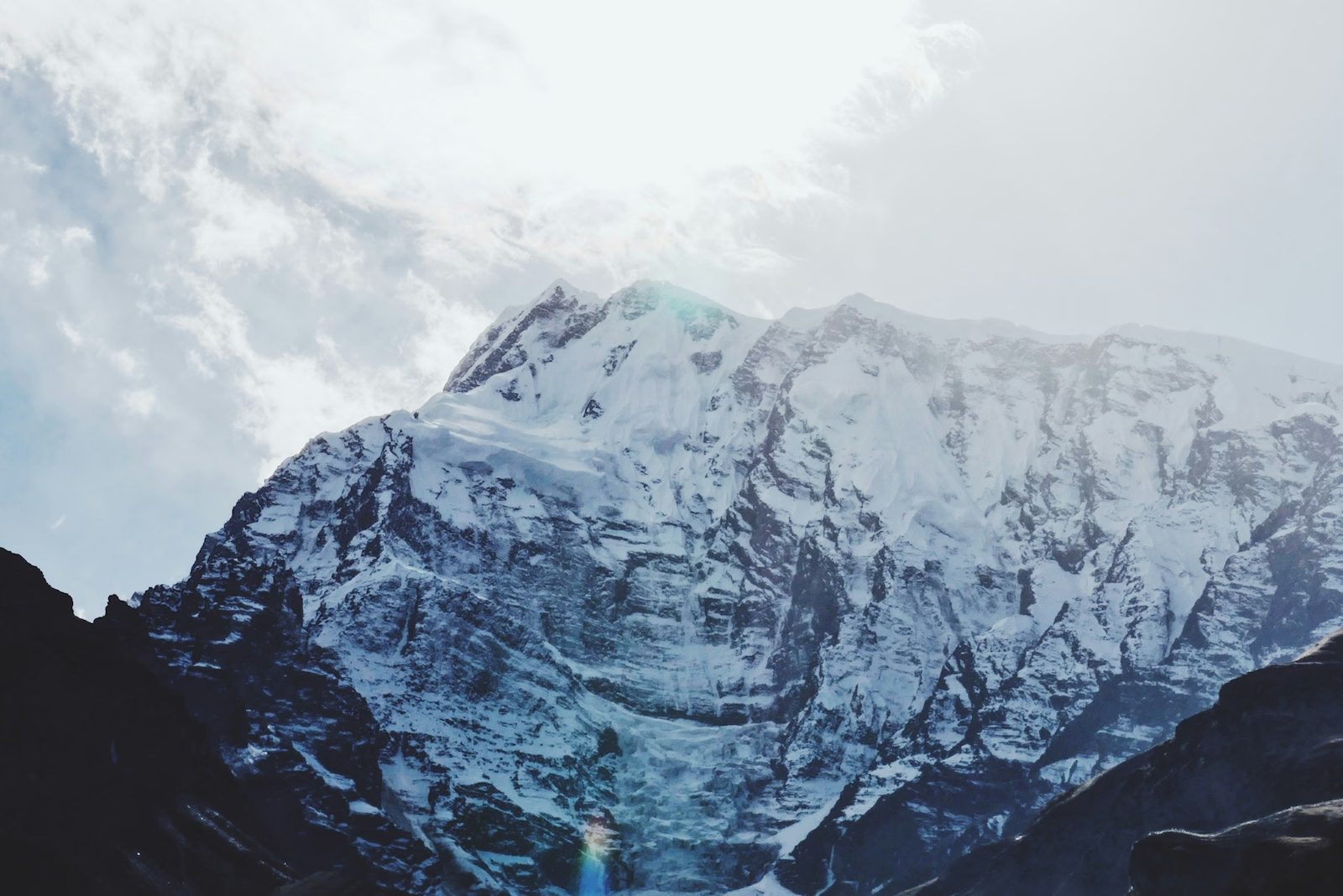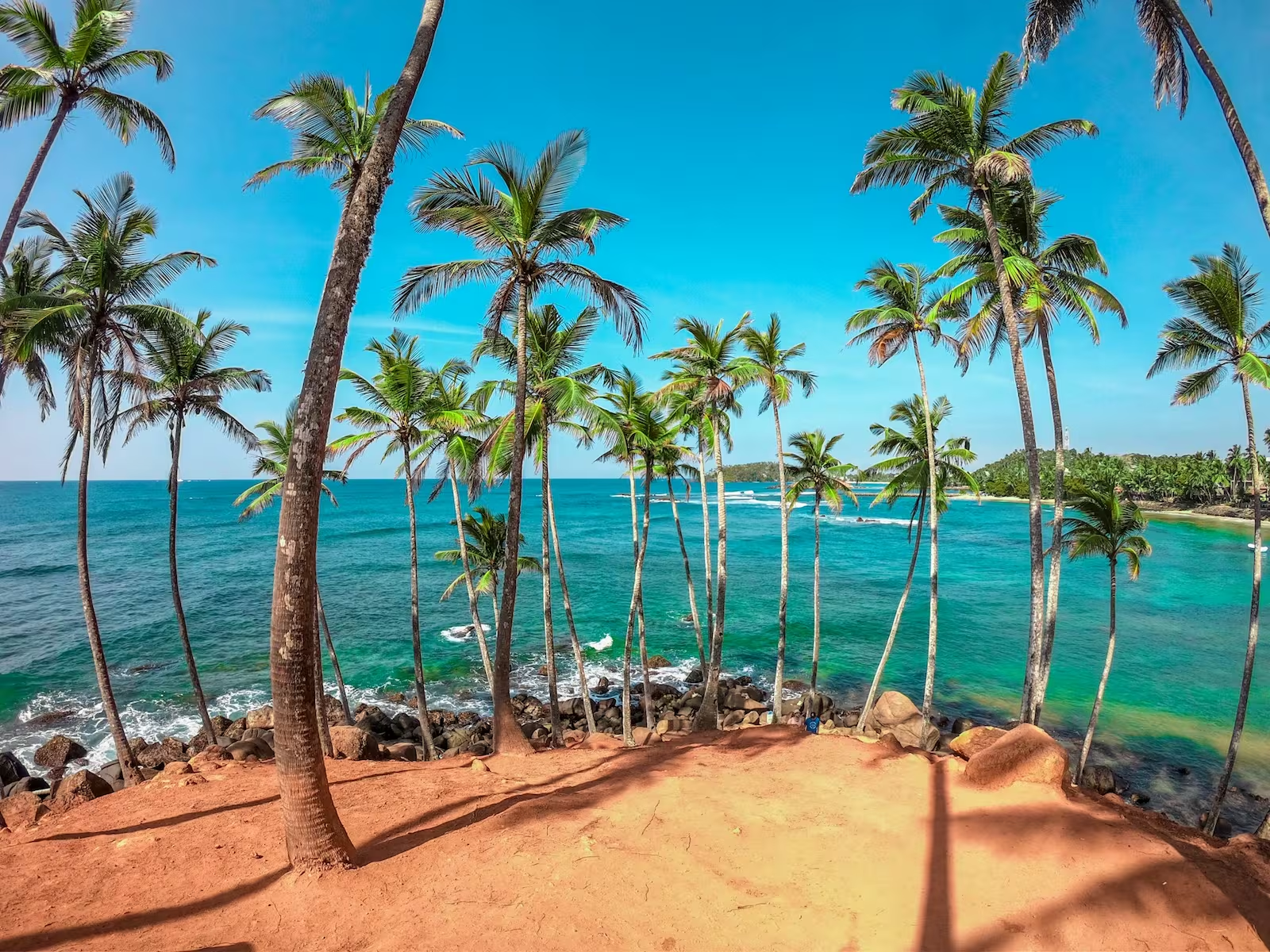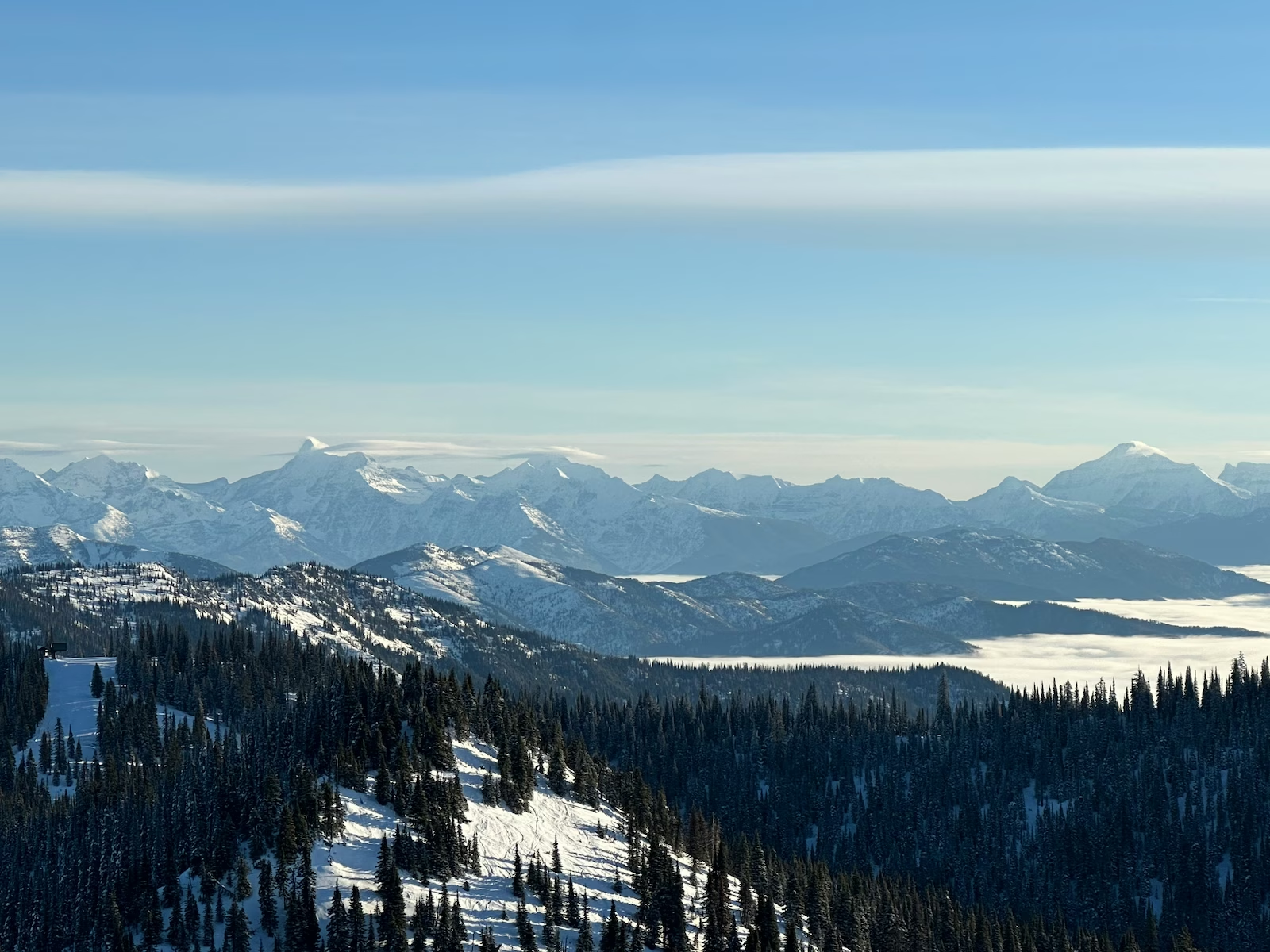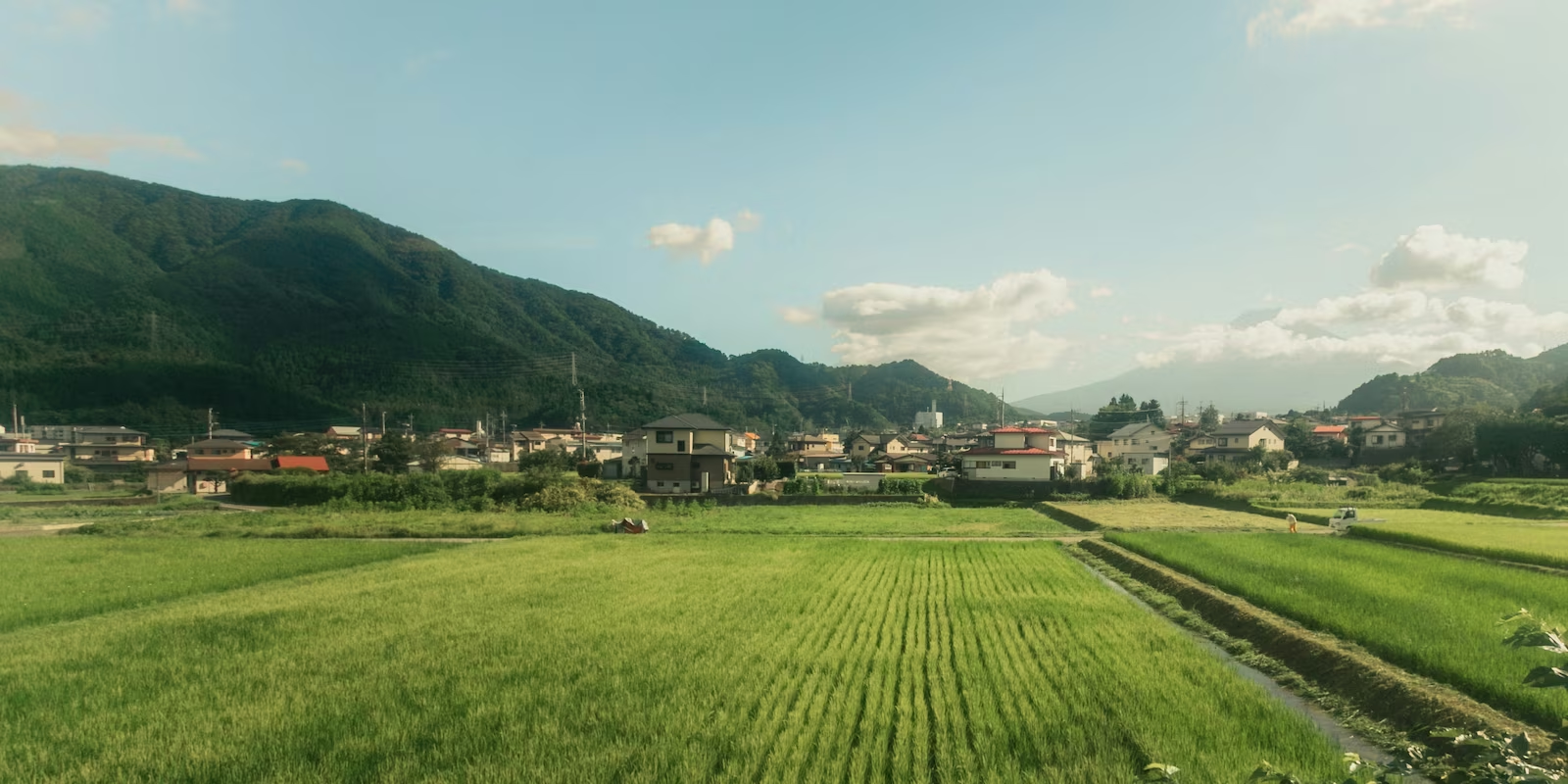Nestled between Ghana and Benin, Togo is a small but fierce nation divided into five regions. As you venture from north to south, the landscapes and languages change — making a trip to this West African country have an everchanging pace. From the contemporary, coastal capital Lomé in the country’s south to preserved villages set in the heart of nature, Togo is packed with adventure.
With over 40 ethno-linguistic groups within this country alone, Togo’s unique position in Africa means that this country is difficult to define. The majority of its population comprises of Ewes, Tem, Tchamba, Kabye, and Ouatchi people. However, there are a few other ethnic groups including Mina and Mossi people.
Togo’s main religion is also the source of disagreement, as some argue over whether Christianity, Islam or Vodun has the highest number of practitioners — although the latter is considered to be more privately practiced than in its neighbouring country Benin. As a result of these differences, religious syncretism tends to be popular here!

How you can visit
Most international flights land in Gnassingbé Eyadéma International Airport, located in Lomé. As of present, there are 8 airlines which fly to and from this airport directly, which can be found on Flight Connections. A direct flight from Paris to Lomé will take around 6 and a half hours. Since Togo is one of the less-visited destinations in Africa, plane tickets cost upwards of €800.
Fortunately, obtaining a Togo eVisa can be done for much cheaper through Sherpa. For a stay of 15 days, Sherpa’s eVisa costs $52.00 USD. Togo is a small country, meaning that this is plenty of time for you to make the most out of your time here.
(Please keep in mind that getting a visa extension can be a long process.)
Planning a trip? Skratch has partnered with Sherpa to offer simple, trusted visa applications. Get your Togo eTA here.

Getting around
The easiest and cheapest way to travel through Togo is by public transportation like the national bus or a minibus, as well as relying on taxi services. Taxi fares are negotiable here, so do not be afraid to bargain!
Private car hires in Lomé are possible, but expensive — making it an unideal choice for a road trip. Since Togo’s road conditions can be quite bumpy, you will be grateful to sit back and let someone else take the wheel!
Whilst Togo is a generally safe destination, tourists are advised against travelling alone or at night. One way around this is to book with a trusted tour operator — such as this 14 day Benin and Togo discovery tour provided by Explore. To find out more about travelling safely, we recommend checking the foreign travel advice provided by your country’s public sector information website.

Where you can stay
With flights taking you into Lomé, it only makes sense to begin our accommodation recommendations here. Whilst this capital is not sprawling with resorts, it has a classy selection of beachfront hotels. Le Petit Brussel is undeniably one of the best places to stay, as for €96 a night you have access to a private pool and beach, as well as free breakfast and airport transportation.
Accommodation outside of Lomé is much cheaper, but also harder to plan in advance as hotels tend to be far and few between. As a destination that is truly off-the-beaten-track, online booking for accommodation is typically only available for tourism-friendly spots. But this issue can easily be resolved through setting aside a higher budget for transportation to and from your hotel to the places you want to see!

Things to do
Aside from enjoying some of the best beaches in West Africa, there are other activities to keep you busy. Embrace the great outdoors at one of Togo’s three national parks, or soak up the local culture and history in the major cities. Explore Lomé’s gigantic Grand Market, where you can enjoy local music as you wander through the numerous number of exciting stalls — including Voodoo supplies.
Admire attractions like the vibrant red Sacred Heart Cathedral, the symbolic Monument de l’independence, and the gorgeous Palais de Lomé: which has been repurposed into a gallery celebrating Togo’s art and culture.
In Togo’s north-eastern region you will find the UNESCO World Heritage protected site of Koutammakou, the Land of the Batammariba. Reflecting the lifestyle and traditions of the Tammari people, this living cultural landscape is a fascinating glimpse into the community’s connected relationship with nature.

Food & Drink
Togolese cuisine often features ingredients like maize, cassava, yam and plantain, as well as fish. A culinary staple is Akume, a dish resembling fufu but with corn and sorghum added in! It is almost always eaten alongside stews and soups such as goat meat stew or palm nut soup.
Botokoin (deep fried dough balls) make for a delectable breakfast, and Ayi molou is the ideal choice for brunch. Consisting of boiled eggs, deep fried meats and fried wagashi cheese mixed with noodles or rice, this filling dish will give you plenty of energy in the day.
Because of Togo’s French colonial history, all of the bakeries here serve bites like croissants and macarons. These sweet treats pair excellently with Togo’s coffee, one of the country’s primary exports. Specifically, Togo’s Robusta beans are a favourite amongst coffee connoisseurs for its traditionally bitter taste.

When to visit
Togo is incredibly hot and dry between March and April, and so the best time to visit is from November to February: where temperatures average around 23°C to 31°C. These months also happen to be the only time in which the Fazao-Malfakassa National Park, making it the perfect opportunity to learn as much about the local wildlife as possible.
Since Togo’s climate varies throughout the country, this can add a challenge to planning a trip here. Northernmost Savanes is the hottest region, whereas the mountainous middle region of Plateaux is cooler. All those trees will give you some much welcomed shade!
For clear skies and gentle weather, December is the best month for soaking up the winter sun. But regardless of when you choose to visit, a trip to this country is exciting all-year-round.
Attracting far less tourists than other spots, exploring Togo equals an unprecedented adventure. Experience the unique qualities of this enthralling destination and enjoy all the time spent in nature uninterrupted. If you ever wanted a holiday where you can really feel a country's heart and spirit, this is what Togo is all about.

.avif)





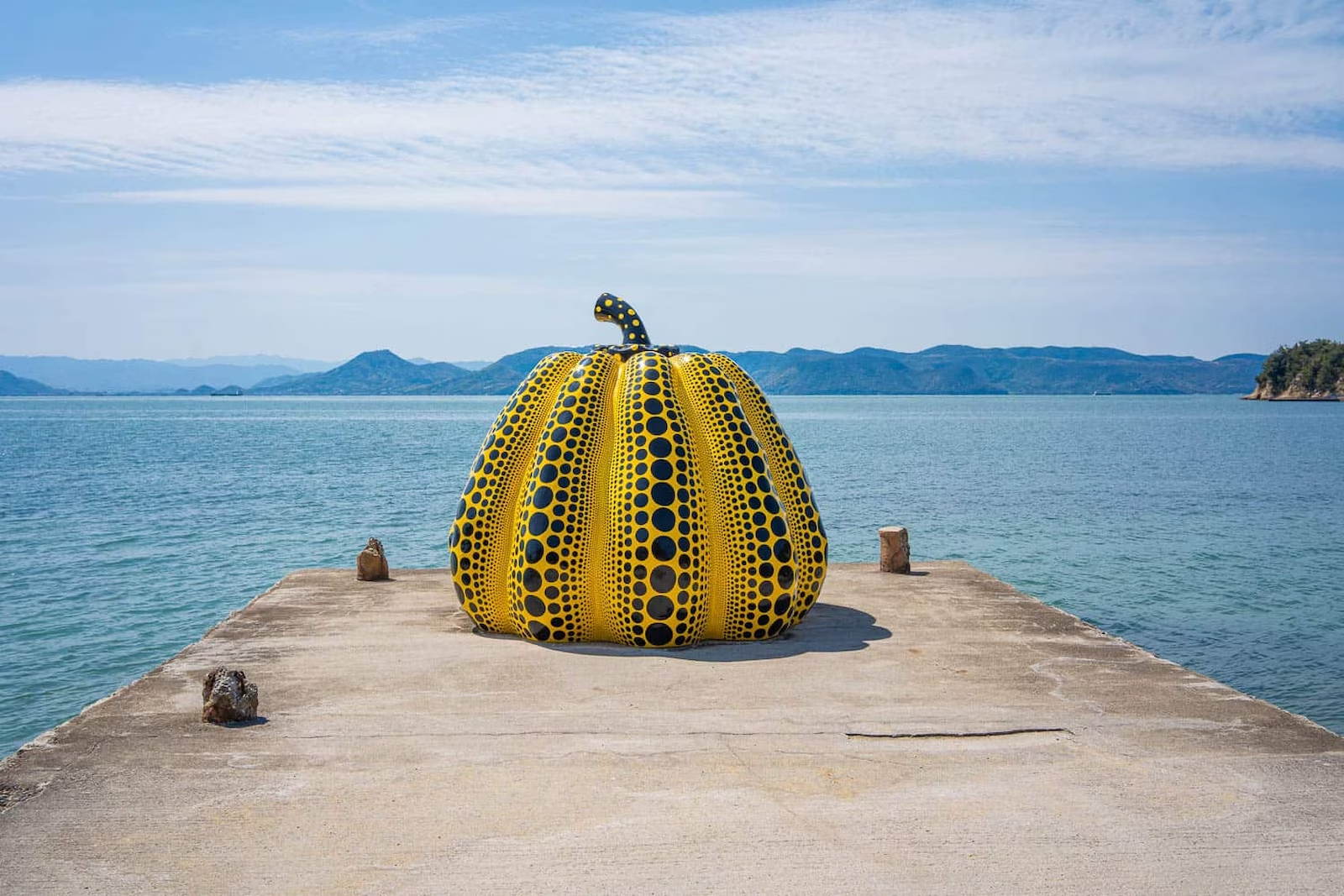
.avif)



